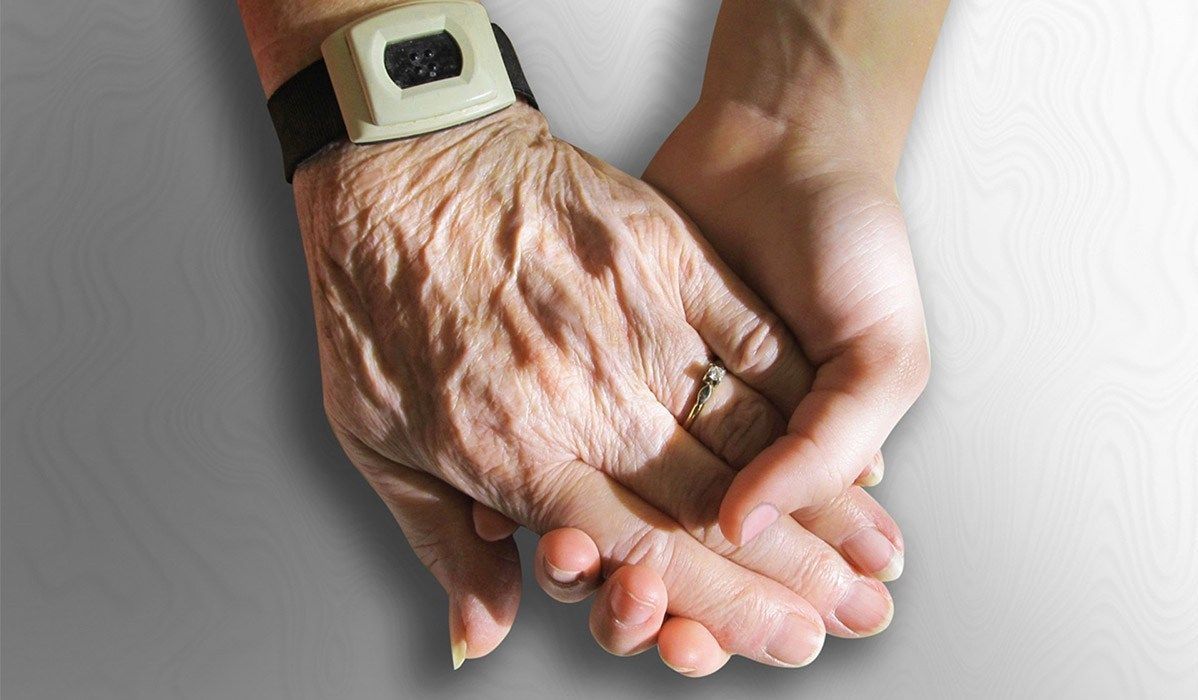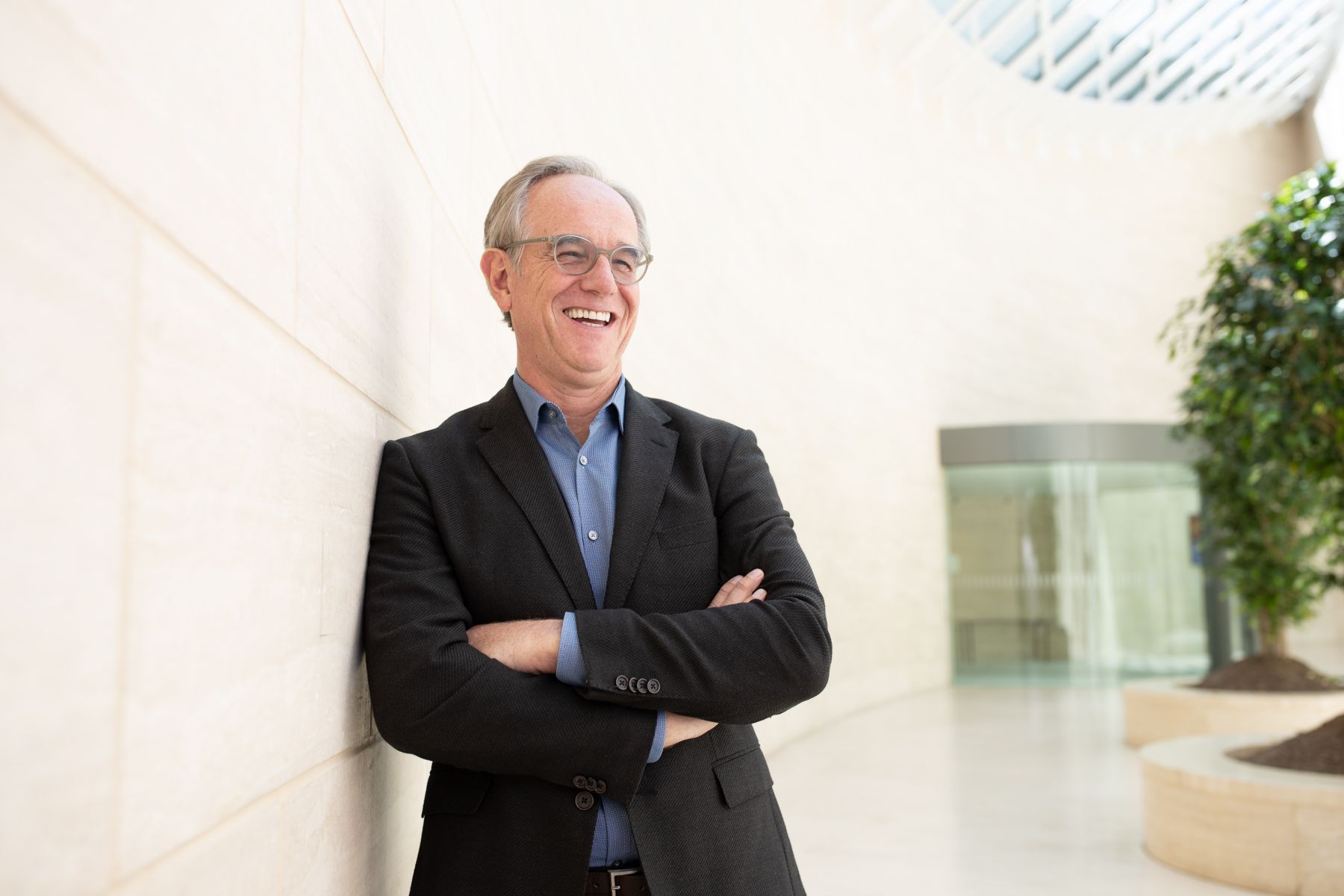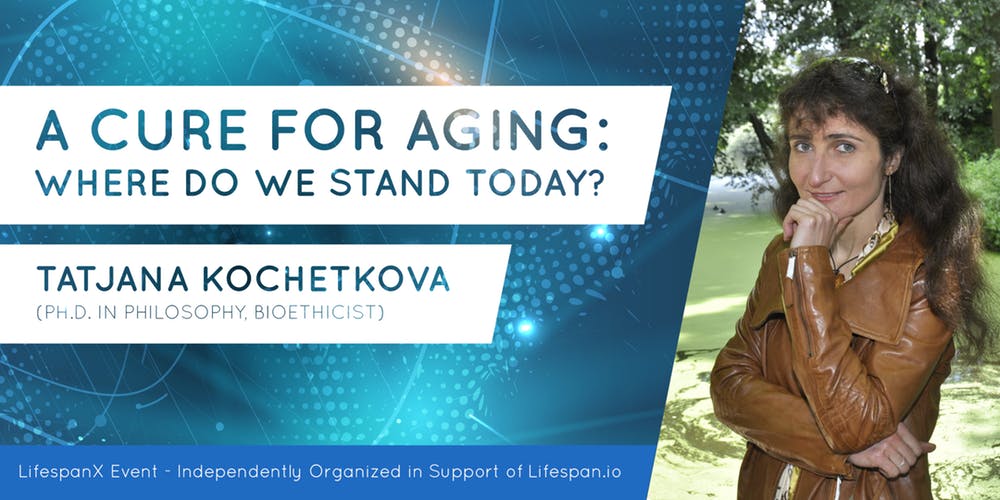
Category: life extension – Page 537


“Healthspan” & “Duty to Die” for the Elderly — Bioethicists Push Health Care Rationing
A duty to die at 75 by law?! No need to cure one disease because anyway you will die from another after 65?! A new article uncovers the dangers of going to ‘healthy’ and not longer lifespan:
2) A duty to die becomes greater as you grow older. As we age, we will be giving up less by giving up our lives, if only because we will sacrifice fewer remaining years of life and a smaller portion of our life plans… To have reached the age of, say, seventy-five or eighty years without being ready to die is itself a moral failing, the sign of a life out of touch with life’s basic realities.
3) A duty to die is more likely when you have already lived a full and rich life. You have already had a full share of the good things life offers.
Most bioethicists who denigrate the equal importance of the lives of the elderly and/or who promote age-based health-care-rationing schemes are not as explicit or impolitic in their advocacy as Hardwig. But changing the “primary goal of medicine” to “healthspan” — if involuntary or based on policy — would come perilously close to justifying that same utilitarian end.
David Sinclair — Can NMN Reverse Aging?
DONATE TO CAMPAIGN ► https://goo.gl/kfGdnh
Original Video ► https://goo.gl/YrjnLa
Website ► https://www.lifespan.io/
“Conquering the negative effects of aging is one of the oldest dreams of humanity, and now through the steady progress of science, we are poised to fulfill that dream.
Whether this occurs in 20 years or 200 is largely a question of funding. The best way to accelerate this process is by mobilizing those who desire the option of a longer and healthier life into a cohesive social force — crowdfunding relevant research and advocating for its benefits to society.
On lifespan.io researchers post projects related to longevity or age related disease, and receive funds from contributors to fulfill their goals. Contributors, in turn, are able to exercise agency in the development of potentially life changing research, as well as receiving rewards specified by the project creators.” “Keith Comito is a computer programmer and mathematician whose work brings together a variety of disciplines to provoke thought and promote social change. He has created video games, bioinformatics programs, musical applications, and biotechnology projects featured in Forbes and NPR. In addition to developing high-profile mobile applications, he explores the intersection of technology and biology at the Brooklyn community lab Genspace, where he helped to create games which allow players to direct the motion of microscopic organisms. He earned a B.S. in Mathematics, B.S. in Computer science, and M.S. in Applied Mathematics at Hofstra University, where his work included analysis of the LMNA protein.”
——–

Aging and Tiredness of Living: from the Frying Pan to the Fire
Why aging isn’t a way out if you’re tired of living…
Suppose that, at a point, you get completely, irreparably tired of life and want to die. In these circumstances, how willing would you be to bear with around twenty more years of the same life that you can’t stand any more, particularly in a state of declining health? It would seem more reasonable that if you are tired of life right now and you are absolutely certain that you will not change your mind, you would rather end your life at once than wait for two more, increasingly miserable, decades. Yet, there is a certain narrative suggesting that the decay of old age, which inevitably leads to death, is an acceptable option for people who are sure that they are through with life.
Warning: spoilers
In a moment, I will be revealing the ending of a recent podcast titled “The 200-year-old”—an interesting and, all-in-all, rejuvenation-friendly series. It is only four episodes long, and if you haven’t listened to it yet, I would say that it is worth your time. If you wish to do so, stop reading right now to avoid spoilers. (Do come back to finish the article once you’re done with the podcast, though.)
Treating Aging with SENSOlytics
Today, we would like to share a talk given by Stephen Hilbert, President of Oisin Biotechnologies, in which he discusses treating aging and cancer by removing harmful senescent cells.
On July 12th, we hosted our first conference, Ending Age-Related Diseases: Investment Prospects & Advances in Research, at the Frederick P. Rose Auditorium, which is part of the Cooper Union campus in New York City. The packed event saw a range of people from research, investment, and the wider community coming together for a day of science and biotech business presentations and panels.
One of the companies at the event was Oisin Biotechnologies, a company working on therapies that remove harmful senescent cells, which accumulate as we age and drive aging processes through the senescence-associated secretory phenotype (SASP), which leads to chronic inflammation.



Healthy Aging Month: How we can all live better longer
Buck Institute on the elimination of aging diseases for this and further generations:
September is Healthy Aging Month, and here at the Buck Institute for Research on Aging, we are on a mission to end the threat of age-related disease for this and future generations. We believe it is possible for people to enjoy healthy lives at age 95 as much as they do at 25, and to achieve that, we’re seeking a more comprehensive understanding of the biology of aging itself.
Over the last century, average human lifespan has been increasing at a rate of approximately 2 years per decade, primarily due to advancements in antibiotics and other medical treatments, as well as improved public health efforts. The U.S. Census Bureau estimates that by 2035, people over the age of 65 will outnumber people under 18 for the first time in U.S. history. This means that there is an increasing population of older adults who suffer in the later years of life from chronic diseases including diabetes, neurodegenerative diseases such as Alzheimer’s and Parkinson’s disease, and cancer. While basic scientific research has provided a lot of insight into the causes and potential treatments of individual diseases, the root cause of these and many other chronic diseases is the biological process of aging.
The goal of the Buck Institute and several other aging research groups across the country is to study and understand more about the underlying mechanisms of aging so that we may find new therapeutic targets to help us delay or even eradicate age-related diseases. The results so far are very compelling. By focusing on the biological mechanisms of aging such as cellular senescence (normal cells stop dividing), chronic inflammation, and changes in metabolism, scientists have been able to extend the disease-free lifespan of laboratory model organisms including flies, worms, and mice. The challenge now is to translate these discoveries into the clinic and determine the best preventative practices to maintain health throughout our lifetime.

A cure for aging: where do we stand today?
If you are able to get to Leiden there is an event in support of Lifespan.io on September 29, 12:00 AM – 2:00 PM CEST.
Ending aging and getting rid of its associated conditions is one of humanity’s most ancient dreams. Some of our earliest myths are about heroes going on a quest to find a way to make the whole of mankind forever young. With the current progress in aging research, this is not a dream anymore. In laboratories around the globe, researchers are conducting experiments that show that aging is amenable to medical intervention; we can slow it down and even reverse some age-related changes. As recent experiments on mice demonstrate, there are various ways to postpone aging. Among the most promising treatments are the elimination of harmful senescent cells, drugs that enhance metabolism, genetic and cellular therapies, and calorie restriction. These treatments extend the healthy period of life, and, as a welcome side effect, lifespan in mice by over 25–30%. Some of these methods are currently in human clinical trials and are expected to reach the market 5–10 years from now.
A New YouTube Collaboration about Aging Research
Today, we are pleased to announce a new collaborative video that we have been working on about life extension!